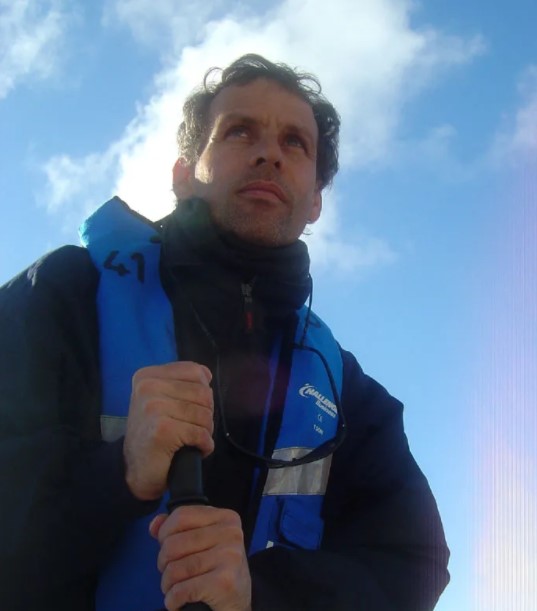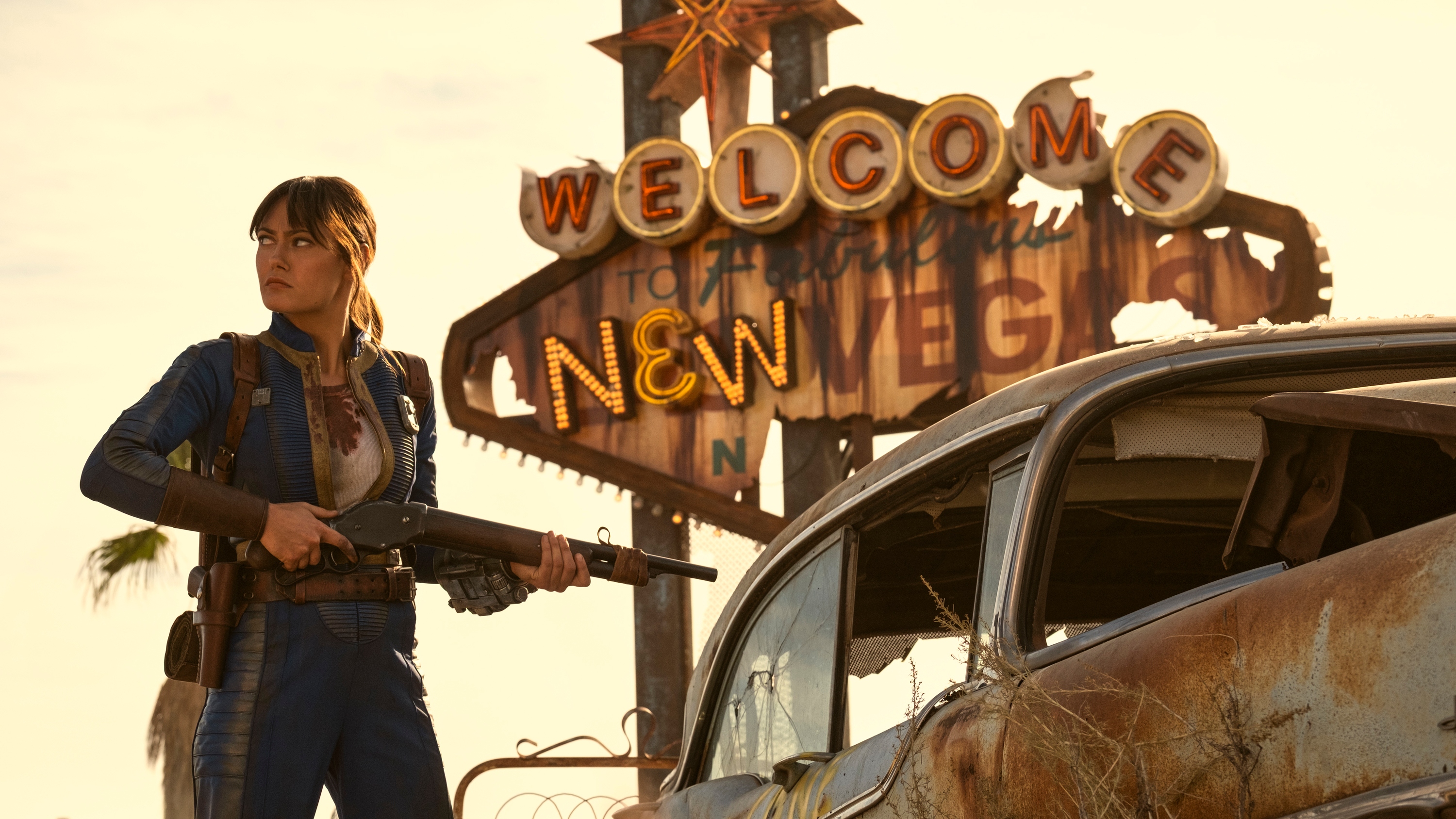Dunkirk | Christopher Nolan's immersive epic thrusts us into the heat and heart of war
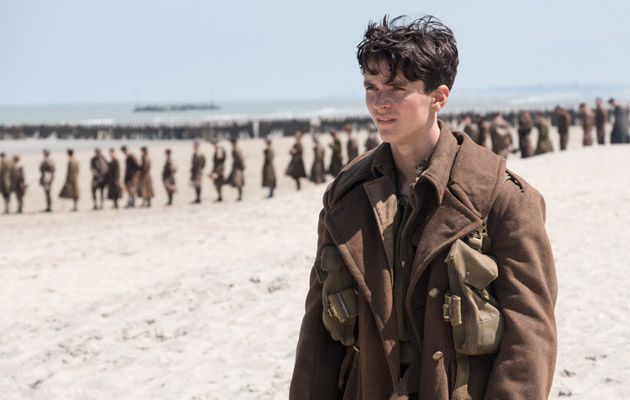
At the point of crisis, at the point of annihilation, survival is victory.
Christopher Nolan’s overwhelmingly immersive epic about the Dunkirk evacuation is a far from conventional war movie. Don’t expect shots of Churchill declaiming the importance of the mission or military chiefs spelling out the logistics. You won’t find any Hollywood heroics either.
Instead, Nolan plunges us directly into the thick of things, thrusting us into the midst of the race against time to rescue hundreds of thousands of Allied troops from the beaches of northern France in the early summer of 1940.
From the start, Nolan gives the action a terrifying immediacy, pummelling us with the intensity of his images and the throbbing power of Hans Zimmer’s score. This puts us right there in the shoes of teenage soldier Tommy (played by newcomer Fionn Whitehead) as he struggles to get off the Dunkirk beach; puts us at the helm of the small boat Mark Rylance’s middle-aged skipper is sailing across the Channel, part of the flotilla of civilian craft endeavouring to retrieve troops from the heart of the war zone; and puts us in the cockpit of Tom Hardy’s Spitfire pilot as he strives to provide air support to the rescue efforts below.
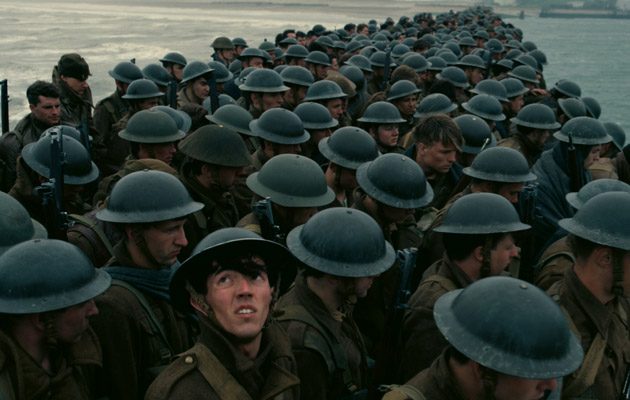
Sitting ducks
These three separate storylines take place in three different time frames – one week for Tommy on land, one day for Rylance at sea and one hour for Hardy’s pilot in the air as he ekes out his ebbing fuel during dogfights with Messerschmitts and Heinkels.
Nolan interweaves these narrative strands brilliantly, giving us a series of incredibly suspenseful micro-dramas to convey the panic, terror, endurance and phlegmatic resolve of the people involved. He wants to give us their experiences not their histories. No one gets a traditional narrative arc. No one gets a backstory or a loved one waiting anxiously at home. And no one gets to make a heroic speech, not even Kenneth Branagh’s stoic naval officer organising the waiting troops, sitting ducks on Dunkirk’s narrow breakwater or mole.
The latest updates, reviews and unmissable series to watch and more!
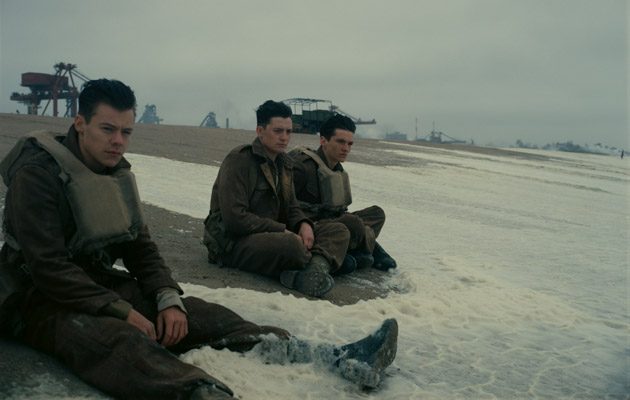
Almost a silent film
Indeed, there is so little dialogue Dunkirk almost works as a silent film. In fact, there’s something thrillingly avant-garde about Nolan’s approach, although viewers anticipating a more conventional war movie may find it jarring. He departs from the expected in other ways too. He shuns the unrelenting carnage of Steven Spielberg’s Saving Private Ryan and avoids that film’s lapses into sentimentality as well.
He doesn’t try to insert a female love interest, or a role for a heroic American or for anyone else who might appeal to current sensibilities, though the film does find room for Harry Styles. Perhaps he’s there to appeal to a certain cinemagoing demographic, but he acquits himself credibly as one of the desperate would-be survivors Tommy encounters. Actually, you could even argue his presence contributes to the film’s authenticity, helping to remind us just how young these scared, stricken, resilient soldiers were.

Certificate 12A. Runtime 106mins. Director Christopher Nolan
https://www.youtube.com/watch?v=F-eMt3SrfFU
A film critic for over 25 years, Jason admits the job can occasionally be glamorous – sitting on a film festival jury in Portugal; hanging out with Baz Luhrmann at the Chateau Marmont; chatting with Sigourney Weaver about The Archers – but he mostly spends his time in darkened rooms watching films. He’s also written theatre and opera reviews, two guide books on Rome, and competed in a race for Yachting World, whose great wheeze it was to send a seasick film critic to write about his time on the ocean waves. But Jason is happiest on dry land with a classic screwball comedy or Hitchcock thriller.
